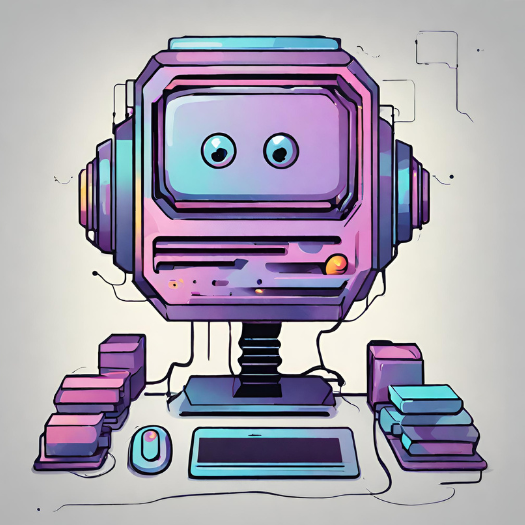Quick Tip Wednesday: How to Set Up a Gratitude Month
Welcome back to Quick Tip Wednesday!

With an increasing number of students asking questions such as 'How to ask ChatGPT to write an essay?' or 'How can my teacher tell I've used AI?' it's important for educators to know how to spot where students have used AI writing tools.
There are many pros and cons of AI in education, but where can you draw the line, and how can you even tell what's AI-generated and what's a student's own work?
As technology keeps advancing, students are flocking to AI-powered tools like ChatGPT for a helping hand with their schoolwork.
And it's understandable why. ChatGPT, like other AI writing tools, is a language model that can whip up human-like text based on user prompts. Its simplicity and knack for producing coherent and contextually fitting responses have made it all the rage among students.
Yet, with the surge in ChatGPT usage comes the worrying issue of academic integrity. Students may misuse this tool without giving proper credit where it's due, leading to unoriginal work that lacks citation or attribution.
Detecting plagiarism in content generated by ChatGPT presents a challenging issue for educators and plagiarism detection systems. Unlike old-school copy-and-paste plagiarism, where students shamelessly lift text from existing sources, ChatGPT churns out original content that might not have any direct matches in the existing databases.
Moreover, this AI marvel has a sneaky talent for imitating human writing style, leaving educators scratching their heads even more. It's like trying to spot the difference between an original masterpiece and a clever AI forgery.
So, how can you identify if a student has misused AI?
Here are 10 key factors to consider when assessing student work for possible AI-related concerns.
In navigating the landscape of AI-generated content and students googling how to make AI writing undetectable, educators face a daunting challenge. These factors guide educators in detecting AI use in student work and adapting approaches to maintain academic integrity. By analyzing style, language patterns, and content mastery, educators can distinguish between authentic student work and AI assistance as technology evolves.
.png)
Welcome back to Quick Tip Wednesday!

Mid-Year Reflection: Your Secret to a Stronger Second Semester
A great way to get your learners engaged in your Alludo program is by keeping the content in your program up-to-date and relevant. Rebecca has...